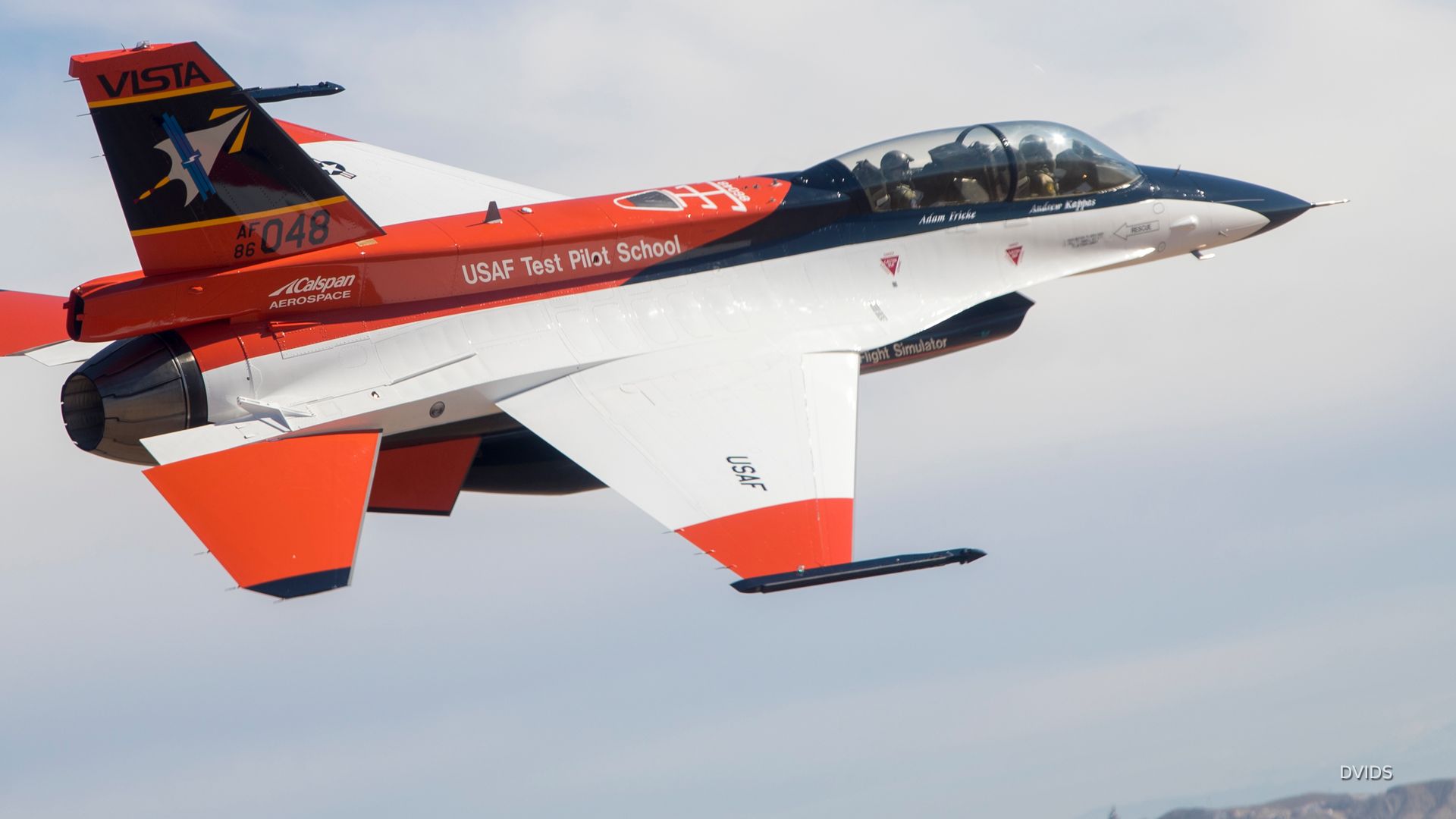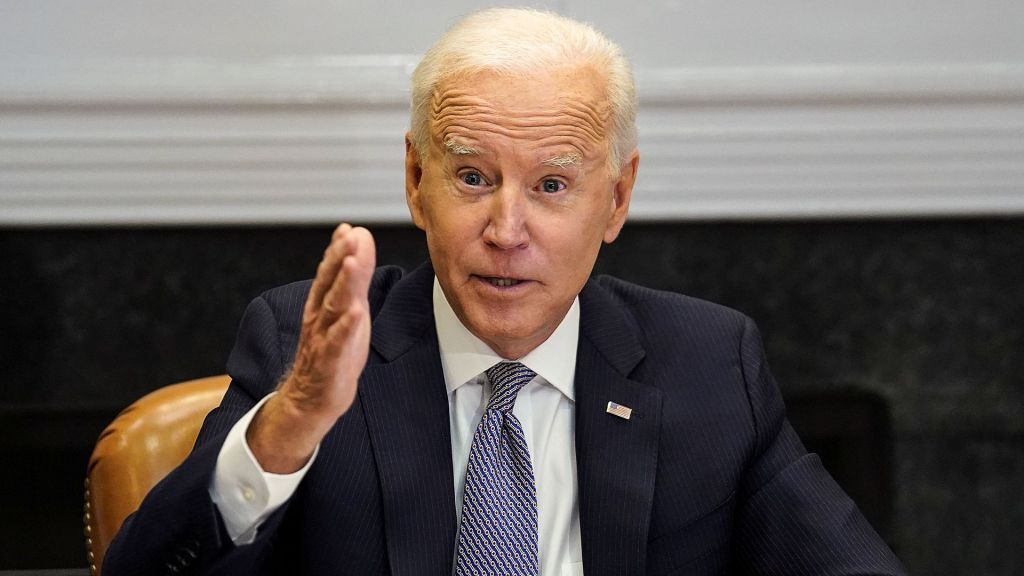
ARTIFICIAL INTELLIGENCE AND AUTONOMOUS AIRCRAFT ARE ADVANCING AT BREAKNECK SPEEDS. THE U.S. MILITARY SAYS THE AERIAL DOGFIGHTS OF TOMORROW WILL NO DOUBT FEATURE COMBINED SQUADRONS OF MANNED AND UNMANNED AIRCRAFT.
IN ORDER TO WIN THAT FUTURE FIGHT, THE MILITARY PARTNERS WITH PRIVATE CONTRACTORS. IN THE 21ST CENTURY, THAT MEANS PARTNERING WITH SOFTWARE COMPANIES AS WELL.
TATE BUFFINGTON IS IN BUSINESS DEVELOPMENT AT ONE OF THOSE COMPANIES, SHIELD AI
Tate: We’re primarily a software company. So, what we’re trying to do is climb the aviation food chain.
BUFFINGTON SAYS THAT MEANS MAKING THE COMPANY’S AI AGENT ADAPTABLE. CALLED “HIVEBRAIN,” IT WAS THE FIRST AUTONOMOUS AI PILOT EVER DEPLOYED.
Tate: We’re trying to get that right, the very first time. So, with that, it can go on multiple different platforms. So, it can go on different UAVs, different large, you know, fighter jets, things of that nature. So as long as we get the autonomy right at the beginning, we can scale that up and down and be, you know, somewhat platform agnostic.
THE HIVEBRAIN FIRST MASTERED FLYING SMALLER QUADCOPTERS. THEN IT STARTED FLYING VBATs, A VERTICAL TAKEOFF AND LANDING UNMANNED AERIAL SYSTEM. THE MARINES AND NAVY LIKE THE VBATs BECAUSE THEY DON’T TAKE UP A LOT OF SPACE, THEY CAN CARRY ALL SORTS OF DIFFERENT SENSORS, AND CAN EASILY LAND ON A MOVING PLATFORM, LIKE THE DECK OF A SHIP.
IN DECEMBER, SHIELD AI’S HIVEBRAIN TOOK ANOTHER LEAP FORWARD IN AUTONOMOUS FLIGHT. THE AI AGENT PILOTED AN F-16 FOR 82 MINUTES, AND MOSTLY OUT OF VISUAL RANGE. ACCORDING TO RETIRED AIR FORCE GENERAL AND FIGHTER PILOT BLUTO BAKER, IT WAS A WATERSHED MOMENT.
Bluto: Just to see the aircraft and really hear from the pilot, who was actually in the aircraft, let go of the controls, pushed a button, and the agents took over. And just to hear the testimony and see the aircraft actually accomplishing the mission. Flying the maneuvers based on the context of the mission and performing it almost flawlessly was a great feat to see. And again, a technological revolution,
THE PENTAGON ALREADY SAID IT WANTS PILOTS IN THE FUTURE FLYING WITH AUTONOMOUS WINGMEN. IN SOME CASES, A SWARM OF DRONES LIKE VBATs COULD BE SENT INTO A FIGHT WHILE THEIR HUMAN CONTROLLERS ARE KEPT OUT OF HARM’S WAY.
Tate: So not only will you see those DoD customers with one VBAT, you’ll see them with three and five and seven and 10. And if you talk about different payloads, different sensors, you’re talking about a very heterogeneous team.
SHIELD AI SAYS ITS HIVEBRAIN CAN ALSO HELP THE MILITARY SOLVE ANOTHER MAJOR ISSUE: THE EVER-EXPANDING PILOT SHORTAGE.
Bluto: “If you look at conflicts that may be arising and the pilot shortages that are out there and the time required to train folks, that creates quite a bit of a gap. That gap can be filled with these unmanned aircraft that are piloted by this AI, by this autonomy.”
TO LEARN MORE ABOUT THE RISE OF ARTIFICIAL INTELLIGENCE, AND HOW IT MIGHT FACTOR INTO THE MILITARY, BE SURE TO CHECK OUT STRAIGHT ARROW NEWS DOT COM FOR THE UNBIASED, STRAIGHT FACTS.






